

Engage prospects with a scan and streamline customer engagement with FREE QR code marketing tools by Sona – no strings attached!
Create a Free QR CodeFree consultation

No commitment

Engage prospects with a scan and streamline customer engagement with FREE QR code marketing tools by Sona – no strings attached!
Create a Free QR CodeFree consultation

No commitment
In today’s digitally driven world, QR codes have evolved from basic links to become critical tools for operational efficiency and customer engagement, especially for water heater repair services. Brands like AO Smith use QR codes to connect customers to resources and support. In this high-touch, high-expectation sector, firms routinely struggle with obstacles like lost paperwork, poorly centralized field notes, or missed upsell opportunities when service visits end abruptly. By weaving QR codes into technician workflows, companies reduce time spent searching for documentation, eliminate manual data entry errors, and improve first-visit resolution rates. This not only bridges gaps between in-person repair and digital support but puts actionable information in technicians’ hands the moment it is needed.
As the market grows more competitive and consumer expectations rise, repair teams often contend with incomplete service records or inconsistent follow-up. This shortfall can allow high-value prospects to slip away unnoticed. QR technology helps address these challenges by creating instant pathways between on-site work and digital resources. With one scan, technicians and customers access personalized troubleshooting guides, warranty lookups, and direct rebooking links, reducing churn caused by poor visibility into customer engagement. The result is a streamlined service experience, fewer costly callbacks, and new touchpoints for post-repair upsells and loyalty initiatives. Industry adoption is accelerating in HVAC, underscoring QR’s role in field service.
By turning each job site or piece of equipment into a digital entry point, QR codes enable water heater repair businesses to unify training, easily track job progress, and sync offline service data into CRM systems. For features like scan analytics and CRM sync, see Sona QR’s product overview. This approach bridges the longstanding disconnect between field activity and marketing workflows. Ultimately, it supports not only operational improvements but stronger customer relationships and accelerated business growth.
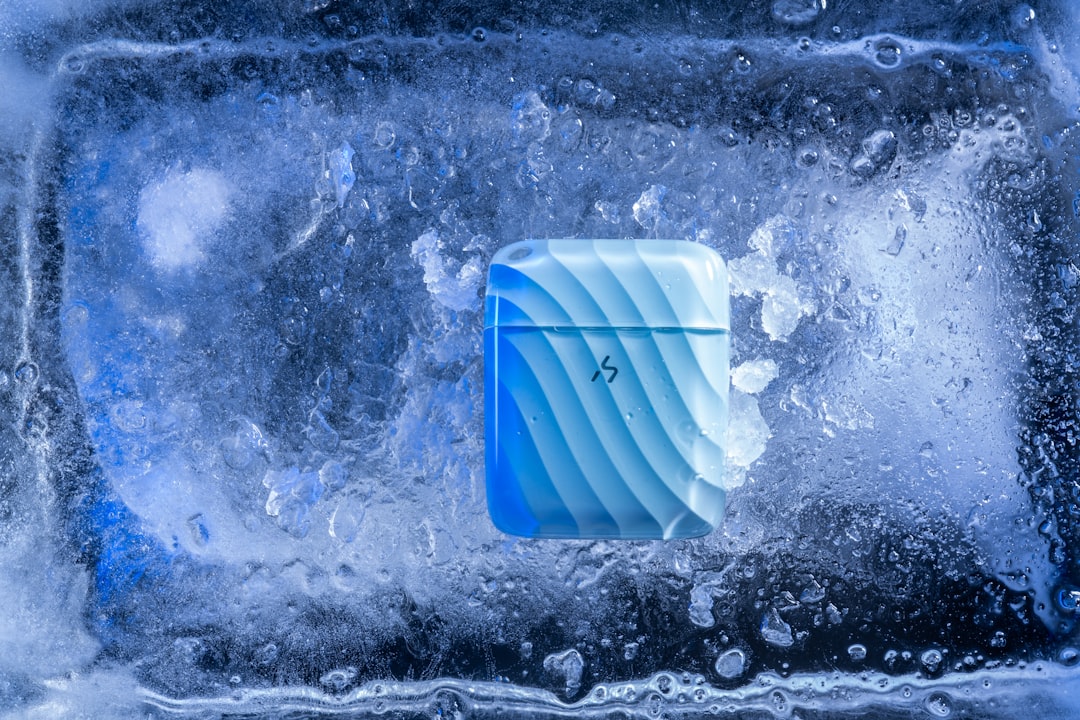
Many water heater repair companies still rely on inefficient, outdated field practices. Technicians hunt for paper manuals stored in truck binders, miss vital service updates because job aids are outdated, or record customer details on handwritten forms that never make it into a central system. QR codes provide an immediate fix to these challenges by connecting the physical world of field service to digital knowledge bases, forms, and scheduling tools that are always current.
Replacing analog processes with QR-driven workflows creates measurable improvements. Printed troubleshooting charts become dynamic knowledge hubs that are updated centrally, job logbooks become mobile forms that sync instantly to the CRM, and stickered equipment labels become digital gateways to installation guides, parts ordering, and warranty verification. These small changes cascade into faster repairs, more accurate data capture, and an easier experience for homeowners who want quick, clear answers.
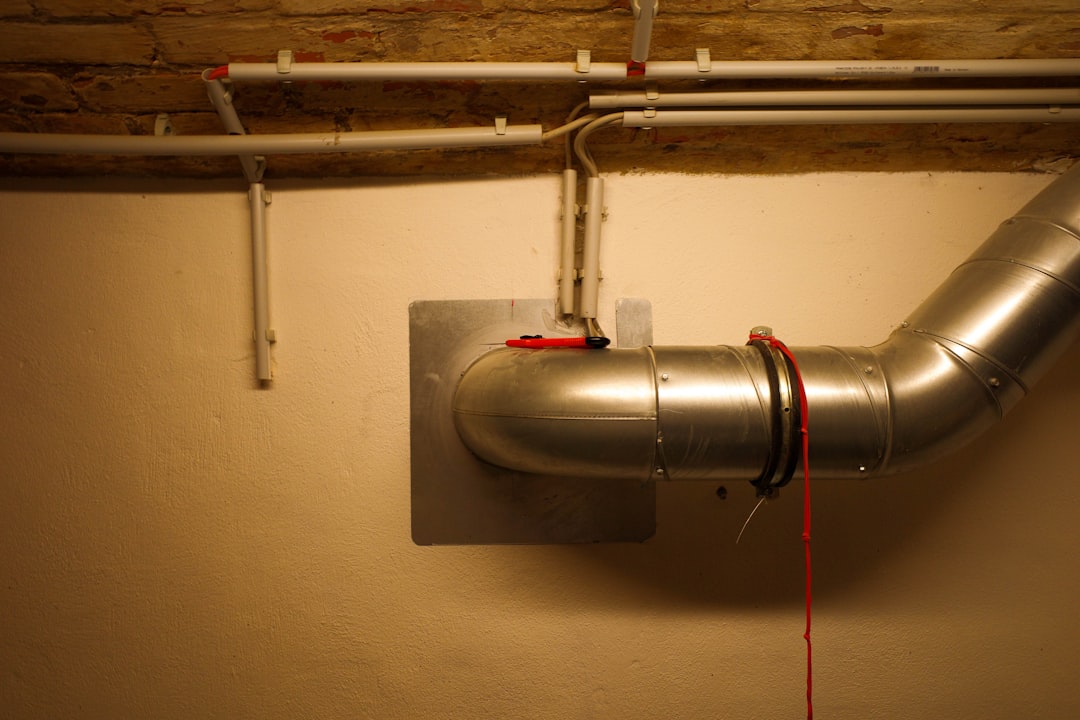
Home service businesses frequently face a lack of visibility into field activity. Paperwork gets misplaced, technicians cannot locate the latest guides for new models, and leads slip through the cracks because notes never make it into a CRM. QR codes address these operational challenges by turning a scan into a structured workflow. Instead of hoping documentation is available or that a customer will return a call, a QR scan delivers the right content and captures the right data immediately. For practical examples, browse Sona QR’s use case library.
The impact extends beyond the job site. Dynamic QR codes allow managers to update content centrally, so technicians always see the latest safety bulletin or install procedure. Meanwhile, scan analytics generate a clear picture of engagement, showing which materials are useful, which placements drive bookings, and where to focus training. For customers, QR codes also remove friction by providing instant self-service features like appointment booking or review submission.
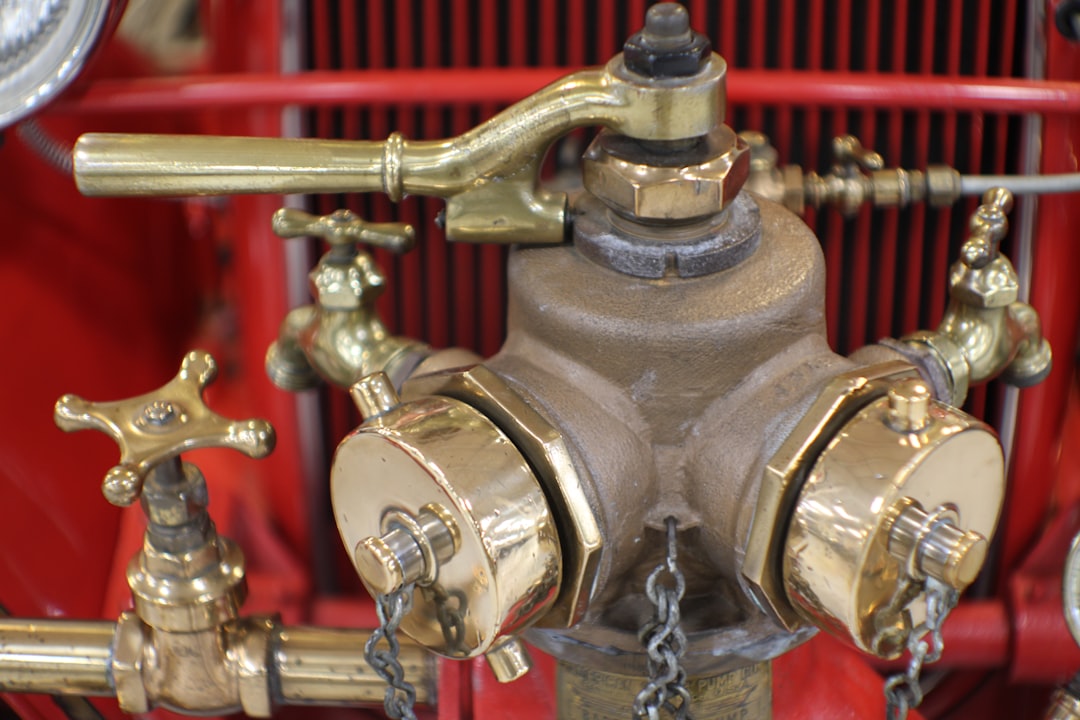
Water heater repair firms manage an array of tools and customer touchpoints, which often results in disconnected processes and limited visibility into business drivers. QR codes help standardize and connect these workflows because they can encode many types of actions. Choosing the right format for each use case ensures the scan leads to a helpful, trackable outcome.
In this vertical, formats that simplify access to technical information, contact details, and forms are particularly valuable. Working with a platform like Sona QR lets you generate and manage multiple formats from one dashboard, then track performance by placement or campaign.
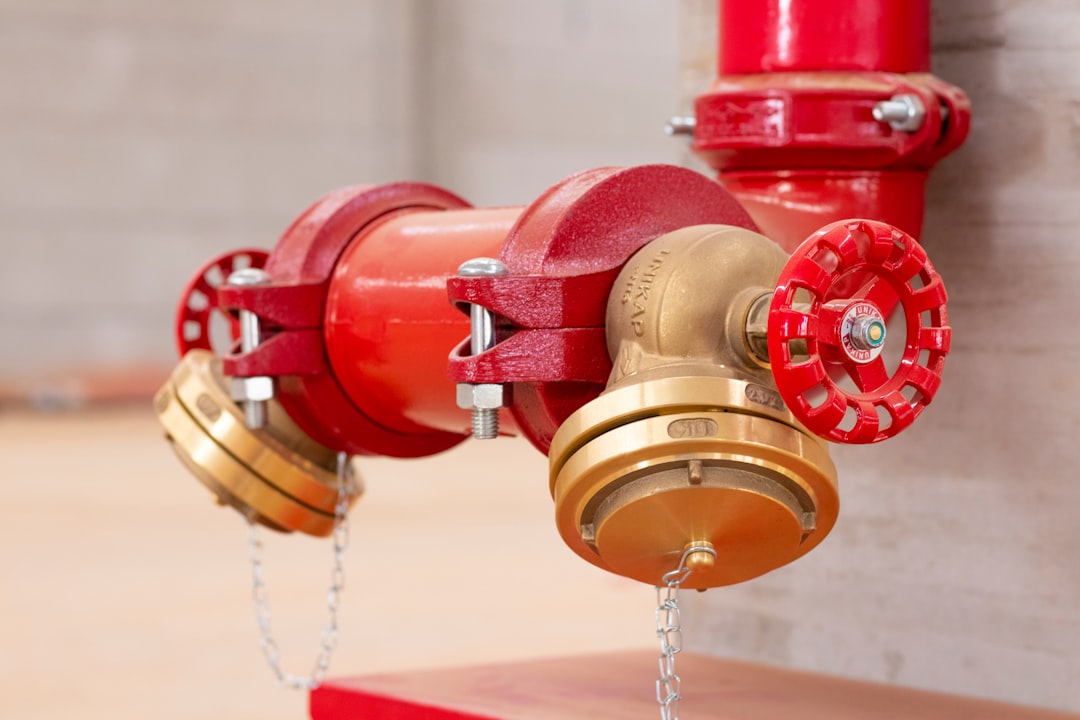
Growth often plateaus when offline field actions are not connected to ongoing marketing and customer nurturing. QR codes remove this barrier by making every physical touchpoint a measurable entry point to your digital funnel. From equipment labels to invoices, the right placements create a steady stream of data and opportunities for follow-up.
Effective deployment starts with the interactions that already exist. Consider where customers and technicians naturally look during service, then place a QR code that answers the question that usually arises in that moment. For example, a service card near a water heater can answer warranty questions, while a code on the invoice can drive automatic review requests and maintenance plan upgrades. Programs like Noritz ProCard demonstrate how QR streamlines pro service workflows.
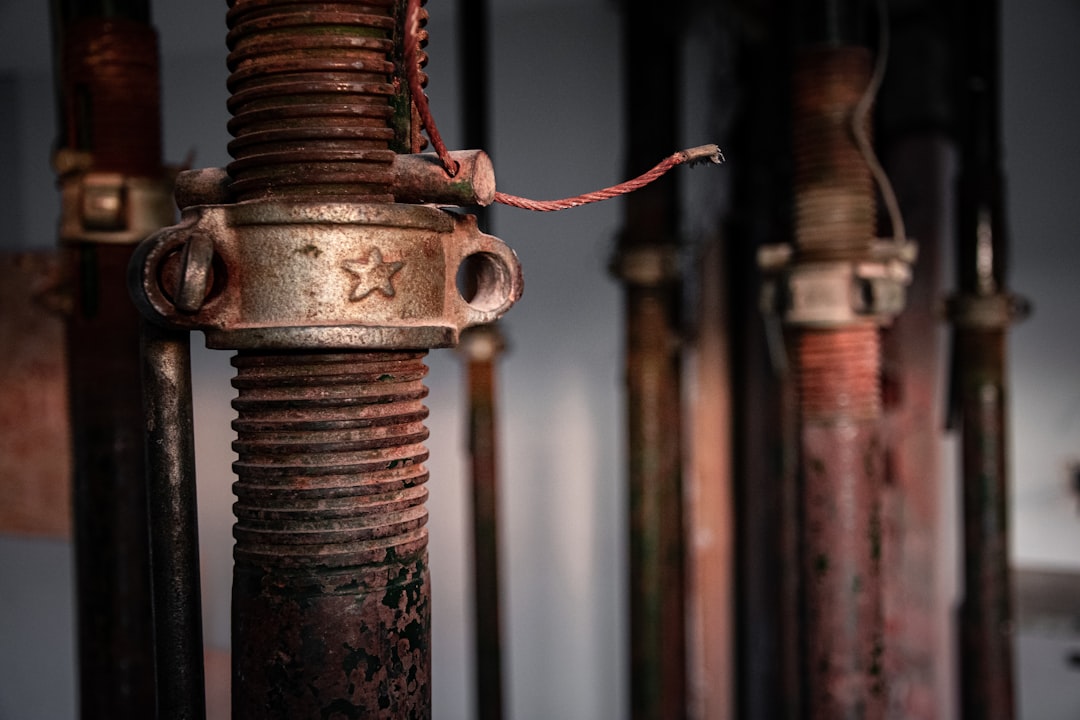
Operational gaps like outdated logs, missed upsell triggers, or ambiguous field engagement can lead to lost revenue and churn. QR codes close these gaps by connecting every scan to a smart workflow that captures context, updates records, and guides the next best action. The following use cases represent quick wins that compound over time.
Start by deploying three to five high-impact QR codes across the most common interactions in your business. Use dynamic codes so you can adjust destinations as you learn which content and CTAs drive the best outcomes.
Traditional marketing often treats all prospects the same, even when their behavior signals very different levels of intent. QR codes flip that model by capturing context at the point of engagement. A scan on a troubleshooting label signals a different need than a scan on a discount card, and your follow-up should reflect that distinction.
By deploying multiple codes across the customer journey, you can segment audiences by their scan intent and timing, then sync those segments to your CRM and ad platforms. Sona QR centralizes these steps: generate codes, record scan details, and push audiences to tools like Salesforce, HubSpot, and Meta for targeted follow-up. For execution, see Sona’s Playbook Intent-driven retargeting.
QR codes are connective tissue for your marketing and operations. They bring consistency to offline and online campaigns by turning each print piece, label, or ad into a trackable, action-oriented asset. For sector tips, see Sona QR’s industry hub. For water heater repair brands, this means converting real-world attention into measurable bookings, reviews, and revenue.
The key is to place QR codes where your audience already engages, then craft a clear CTA that sets expectations. Promises like Scan to check your warranty or Scan for maintenance savings give homeowners a compelling reason to act. With Sona QR, you can manage all your codes across channels, monitor performance, and sync scan data to CRM and advertising tools.
Clarify the business outcome you want to achieve. For example, Technician-initiated troubleshooting lookup reduces average repair time on advanced tankless systems. The use case should be specific enough to guide content, placement, and measurement. Start with one or two high-impact scenarios such as job completion logging or review generation, then expand as you validate results. See HVAC QR strategies.
Once the goal is defined, map the physical moment when the scan will occur. Ask where the technician or customer will be standing, what information they need, and how fast they need to act. This context informs the CTA, landing page design, and any follow-up automation. Keep the action immediate, like Scan to book maintenance in 30 seconds or Scan to check warranty now.
Choose between static and dynamic QR codes. Static codes are fine for fixed destinations like a PDF install guide that rarely changes. Dynamic codes are ideal for trackable, editable links and campaign optimization. If you need data, retargeting, or future flexibility, dynamic is the right choice. Platforms such as Sona QR make it easy to switch destinations, add UTM parameters, and record detailed scan analytics without reprinting. Start creating QR codes for free: Start creating QR codes for free.
For water heater repair use cases, dynamic codes are recommended in most scenarios. Procedures evolve, offers change seasonally, and new models arrive. Dynamic codes ensure your field materials stay current without incurring reprint costs, and they provide the analytics needed to improve performance over time.
Design codes that reflect your brand and explain the benefit in plain language. Add your logo or a branded frame, use high contrast for readability, and place a short, action-oriented CTA near the code. Examples include Scan for step-by-step install, Scan to schedule your tune-up, or Scan for warranty status. Make sure the destination is mobile friendly and loads quickly.
Before deploying widely, test in realistic conditions. Validate scannability on common phone models, under low light in basements, and at different distances and angles. Conduct a quick field pilot with a few technicians to gather feedback on clarity, page speed, and relevance. Iterate based on their insights so the final experience fits real-world constraints.
Roll out QR codes across high-impact touchpoints that match your growth plan. Prioritize equipment labels in mechanical rooms, invoices and receipts, technician tools and uniforms, and leave-behind cards for reviews and rebooking. Consider local marketing such as door hangers, yard signs, and direct mailers that drive neighborhood awareness and quick scheduling. Place codes on street signs where they’ll be seen at the right moment.
Placement matters. Put codes where they will be noticed at the right moment. For example, place a warranty check code on the side of the tank, a maintenance plan code on the invoice, and a review code on a brightly colored leave-behind card near the home’s main exit. Ensure the CTA sets expectations about what will happen after the scan.
Set up analytics before launch so you can learn and improve. With Sona QR, track scans by time, device, location, and campaign source. Layer in UTM parameters to attribute traffic to channels like direct mail, vehicle wraps, or invoices. Review conversion behavior and identify drop-off points to refine landing pages, CTAs, or code designs.
Adopt a test-and-learn rhythm. Compare performance across neighborhoods, models, or technicians. A/B test different CTAs, change the order of content on landing pages, or adjust incentive offers. Feed these insights back into training and deployment so each cycle increases scan rates and downstream conversions.
A persistent pain point in water heater repair is the difficulty of linking field actions to revenue outcomes. Without end-to-end visibility, leaders struggle to allocate budget, prioritize training, or justify marketing spend. QR code analytics change this by creating a closed loop that runs from scan to booking to invoice. Each scan becomes a data point that reveals what customers want and which interventions work. For measurement strategy, read Sona’s blog on offline attribution.
Investing in a platform that unifies scan data with CRM and advertising tools pays dividends. Sona QR captures the when, where, and how of each scan, while Sona.com connects that activity to pipeline and revenue through multi-touch attribution. For model comparisons, see Sona’s post on multi-touch attribution. The result is a clear picture of what drives bookings, upgrades, and retention.
QR adoption rises when staff and customers know what to expect and what they will gain. Clarity, convenience, and timely automation are the keys. The most successful teams treat QR codes as part of a larger service design that reduces friction for technicians and homeowners alike.
As your program matures, experiment with creative placements and offers that match the season or local context. For instance, fridge magnets with a QR code for winterization tips can keep your brand front and center when cold snaps hit, while warranty reminder stickers can nudge homeowners to schedule service before coverage lapses.
For water heater repair services, QR codes are more than just digital bridges. They serve as critical connectors that illuminate previously hidden patterns in technician behavior and customer demand. When every physical surface becomes a digital entry point, each interaction can feed reliable data to your systems and trigger the next best action for both the customer and your team.
Key takeaways include:
QR code technology gives water heater repair services a modern, scalable toolkit for closing longstanding operational gaps and preventing high-value prospects from falling through the cracks. By embedding codes across field touchpoints, from equipment tags to service receipts, organizations turn every technician visit into an accountable, data-rich event. This approach unlocks tangible productivity gains and cost savings while transforming customer engagement from a series of disconnected moments into a seamless, trackable journey.
With Sona QR, you can generate, brand, and deploy dynamic codes that sync to your CRM in minutes. Pair it with Sona.com to connect scans to pipeline and revenue using identity resolution and multi-touch attribution. Together, these tools help you capture demand at the source and convert it into measurable results, setting a durable foundation for insight-driven growth and better outcomes for both customers and technicians.
QR codes are revolutionizing water heater repair services by streamlining technician support and boosting operational efficiency. They enable instant access to vital repair manuals, diagnostic videos, and service histories right at the technician’s fingertips, reducing downtime and enhancing service quality. Beyond improving technician workflows, QR codes also elevate customer experiences by providing transparent maintenance records and easy scheduling options, fostering trust and repeat business.
Imagine technicians arriving fully prepared for any repair challenge, while customers enjoy seamless communication and faster resolutions. With Sona QR, you can create dynamic, trackable QR codes that update instantly without reprinting, monitor scan activity to optimize technician training, and link each interaction to improved service outcomes. No more guesswork—just faster repairs and happier customers.
Start for free with Sona QR today and empower your water heater repair services to deliver smarter, faster, and more connected solutions.
Look for water heater repair companies that use QR code technology to provide instant access to resources, warranty lookups, and scheduling tools, ensuring faster, more accurate service and easier customer engagement.
Common issues include problems that need model-specific troubleshooting guides, warranty verification, and part ordering, all of which professionals handle efficiently using QR code-enabled digital resources.
The article does not specify the average cost of water heater repair services.
Many water heater repair services use QR codes on equipment labels that customers and technicians can scan to instantly verify warranty status and access warranty claims forms.
While the article focuses on professional services, it suggests that QR codes can link customers to maintenance schedules, seasonal tips, and how-to guides that support DIY upkeep to reduce repair needs.
Use Sona QR's trackable codes to improve customer acquisition and engagement today.
Create Your FREE Trackable QR Code in SecondsJoin results-focused teams combining Sona Platform automation with advanced Google Ads strategies to scale lead generation

Connect your existing CRM

Free Account Enrichment

No setup fees
No commitment required

Free consultation

Get a custom Google Ads roadmap for your business






Launch campaigns that generate qualified leads in 30 days or less.
